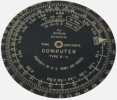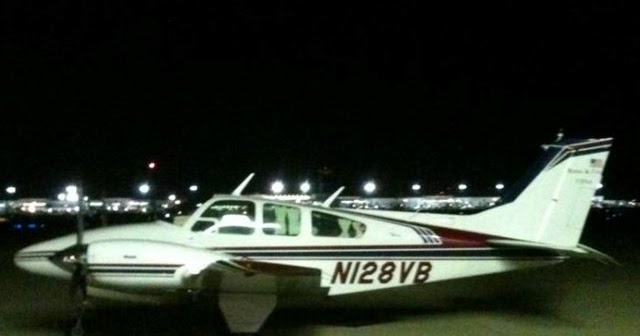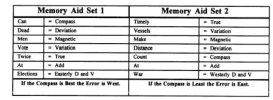Studying to take the commercial written. I used Gold Seal for my Private and Instrument ground school and really liked it, but they don't have a commercial course. I decided that I wasn't really a pilot having not taken a King course, so I went with them. Not that impressed; it's very much just teaching to the test questions rather than general knowledge, but maybe the checkride course covers more of that stuff. Gold Seal was a solid ground school where they taught everything, not just the test questions. John and Martha are fun and I'm enjoying seeing them in action more than anything.
Anyway, on the cross country planning module, John comes up with "Tall Vikings make dangerous company" as a way to remember the formula to get from true course to magnetic heading. WTF? Does that make sense to anyone?
He's pretty obsessed with the whiz wheel too. Not interested. Did that once and after 750 hours I've not found a single situation that I even needed an E6B at all, let alone a mechanical one. If the DPE expects me to use that thing I guess I'm just not going to be a commercial pilot. Life is too short.
Anyway, on the cross country planning module, John comes up with "Tall Vikings make dangerous company" as a way to remember the formula to get from true course to magnetic heading. WTF? Does that make sense to anyone?
He's pretty obsessed with the whiz wheel too. Not interested. Did that once and after 750 hours I've not found a single situation that I even needed an E6B at all, let alone a mechanical one. If the DPE expects me to use that thing I guess I'm just not going to be a commercial pilot. Life is too short.






